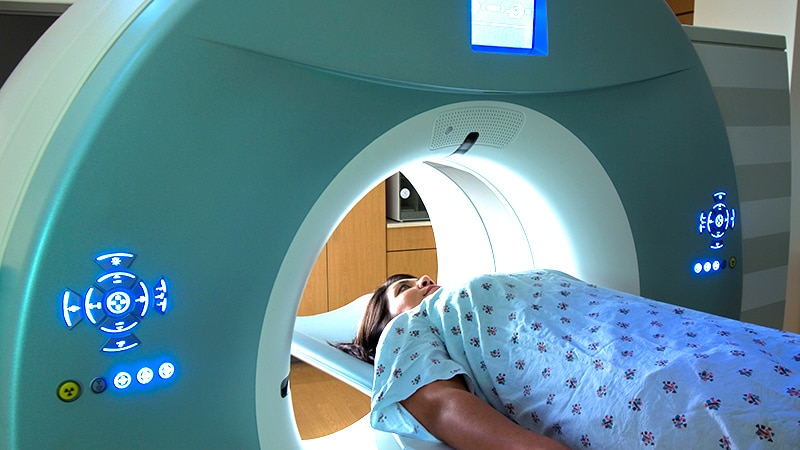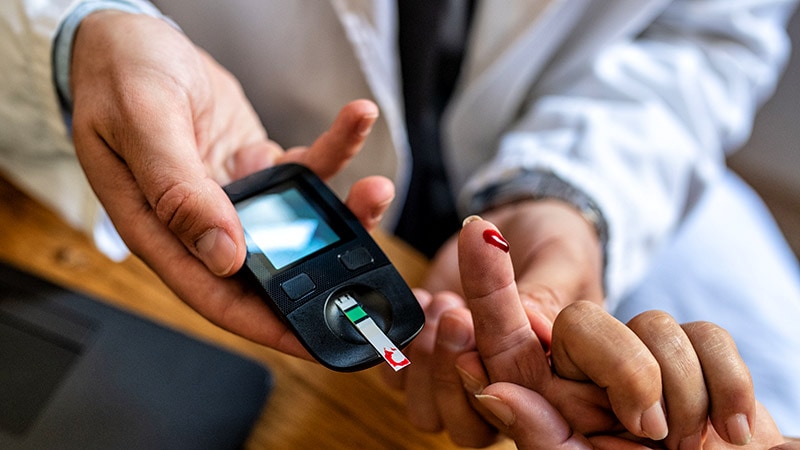Takeaway
- A strong association was observed between hyperglycaemia and risk for infection among patients with diabetes mellitus (DM).
- Infection rates rose steadily with glycated hemoglobin (HbA1c), which was particularly evident among those with the highest levels of HbA1c (≥11%) and for T1DM.
Why this matters
- Prevalence of diagnosed T2DM has tripled in the United Kingdom over the past 20 years; findings suggest that a substantial number of patients with T1DM and T2DM still have very poor glycemic control.
Study design
- Using data from English primary care, average HbA1c was estimated for 85,312 patients with DM ages 40–89 years during 2008–2009.
- Infection rates during 2010–2015 were compiled, linked hospital and mortality records were estimated across various infection categories.
- Funding: None.
Key results
- Patients with DM and good control (mean HbA1c, 6%-7%; incidence rate ratio [IRR], 1.41; 95% CI, 1.36-1.47) and those with poor control (mean HbA1c, ≥11%; IRR, 4.70; 95% CI, 4.24-5.21) had increased hospitalisation risks for infection vs patients without DM.
- Patients with T1DM and poor control had a significantly higher risk for infection (IRR, 8.47; 95% CI, 5.86-12.24) vs patients with T2DM.
- Even after accounting for duration of diabetes, patients with T1DM showed higher rates of hospitalisation (IRR, 1.12; 95% CI, 1.01-1.24) and death because of infection (IRR, 1.42; 95% CI, 1.03-1.96) vs patients with T2DM.
- Attributable risk fractions for poor control were bone and joint infection (46%), endocarditis (26.2%), tuberculosis (23.7%), sepsis (20.8%), infection-related hospitalisation (16.5%) and mortality (16%).
Limitations
- Risk for bias.
References
References



